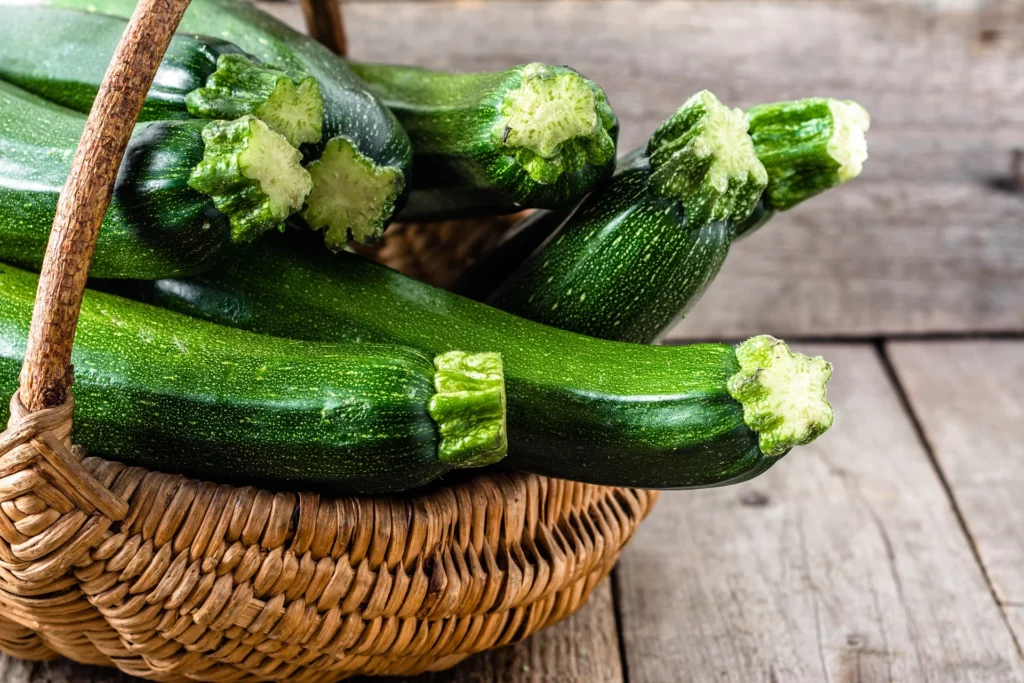Gardening is one of the most beautiful hobbies ever (at least we think so). There is hardly anything more beautiful than standing in the garden and marveling at the fruits of your labor. However, you don’t have a garden at your disposal, but you still don’t want to give up gardening? No problem! We’ll show you how you can easily create your own little vegetable garden on the balcony. By becoming a pot gardener. However, this immediately raises a very important question: How big does a pot actually have to be to be able to grow a certain plant in it?
General rule of thumb
First, of course, it depends on what plants you’d like to have in your urban garden and how much space you have available for them. Basically it can be said:
- The optimal pot size of a plant depends on 3 factors: On its natural growing height or your growth habit, its average rooting depth, and the variety.
- A pot that is too large can cause a lot of damage under certain circumstances. Of course, the plant has more room for its roots and can grow larger accordingly. However, if the roots take too long to root through the lower part of the pot, the moist soil there may begin to rot.
- A pot that is too small is also not ideal. After all, if the plant doesn’t have enough room to properly spread its roots, it will greatly reduce its ability to grow. In addition, too small pots, especially for larger plants, such as a zucchini, can quickly lead to a lack of nutrients due to insufficient soil volume. This, if left untreated, will result in lower yields, a growth stop, or possibly even the premature death of your plant.
The most important crops at a glance
To prevent all of this from happening in the first place, we’ll now tell you which pot size is appropriate for which types of plants.
Tomato: For tomatoes, the pot size depends heavily on the growth habit of each variety and how large you want the plant to grow. For stake tomatoes, the pot should hold at least 20 liters, but it can also be larger (e.g. 40 liters).
(e.g. 40 liters), because then the tomato plant can form more leaf mass and give you more tomatoes. For bushy tomato varieties or special balcony varieties, smaller pots of 10 – 15 liters are often sufficient.
pots of 10 – 15 liters or even the balcony box itself, to be able to form a decent fruit yield.
Peppers and chili: Peppers and chili plants behave similarly to tomatoes, but are much more frugal when it comes to space. Thus, a bell pepper plant can already deliver a high fruit yield in a 10 – 15 liter pot. But even here you should ask yourself when choosing the pot, how big the bell pepper or the chili should become later.
Zucchini: The zucchini is a relatively hungry and thirsty crop (a so-called “heavy consumer”). Because of the high water and nutrient requirements, the pot should be large. 40 liters is the minimum for a zucchini, even better would be a 60 liter pot.

Eggplant: Unlike the zucchini, the eggplant, also called “melanzani”, is again a relatively undemanding plant. A pot with 10 to max. 15 liters volume, a sunny spot and regular watering are all your eggplant needs to grow.
Bean: Bean plants are good self-supporters. This is because they have the ability to get nutrients in a special way. They do this by forming a symbiotic relationship with small bacteria on their roots that help them absorb nutrients. Because of this, they don’t need to develop a large root network to get enough nutrients and therefore don’t require a lot of space. A 5 – 10 liter pot is quite sufficient for 2 – 3 bean plants. Important: Do not forget a climbing aid!
Lettuce: Picking lettuce is probably the favorite of all pot gardeners. Due to the fact that it has a very shallow rooting depth (about 10 cm), it has the least space requirements of all the species mentioned here. A 5 liter pot is more than enough for a single lettuce plant, which is why it is also wonderfully suited for growing in balcony boxes.
Beet: Beetroot, like lettuce, is well suited to growing in a balcony box. The easiest way is to harvest the beets small or use the foliage of the young plants for delicious salads. Of course, you can also wait until the beets are fully grown. In this case, however, you should make sure that you leave enough space for the individual beets to fully expand. To do this, either sow right away with a slightly wider spacing or thin out the sprouted seedlings after a few weeks.
Radishes: Radishes are also suitable for growing in a balcony box. But here, too, you should make sure that you sow with sufficient spacing so that the small turnips can develop without restrictions.
If you think about how much space you have available in your urban garden and which plants are suitable for it right from the start, then nothing will stand in the way of your pot gardening adventure. Feel free to write us at magazin@fryd.app with any questions or comments.
Want to get helpful gardening tips throughout the year and plan your own beds for the best? Then register here or download the Fryd app for Android or iOS.

